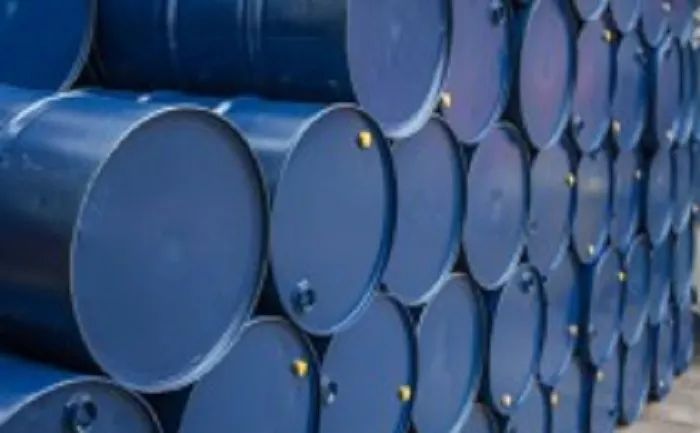According to CCTV News, on the 10th local time, Russian President Putin signed an order announcing the extension of countermeasures against the price capping of Russian oil and oil products until December 31, 2025. The move continues a policy trajectory set by Putin when he first signed a presidential decree prohibiting the supply of Russian oil and petroleum products to foreign entities that directly or indirectly apply price cap mechanisms in contracts. The decree, which came into force , has undergone multiple extensions as part of Russia’s strategic response to international energy market interventions.
Earlier, the UK’s Financial Times reported that the European Union is planning to incorporate the Nord Stream pipeline and adjustments to the Russian oil price cap into its new round of sanctions. Citing three anonymous sources familiar with the matter, the report revealed that the proposed sanctions would lower the current oil price cap from $60 to $45 per barrel and impose a ban on the use of Russian energy infrastructure, including the two Nord Stream pipelines. The move signals an escalation in the EU’s economic pressure tactics, though it remains to be seen how such measures will impact global energy supply chains.
In a concurrent development, Ukrainian President Volodymyr Zelensky addressed the issue on the 10th local time, urging the implementation of all measures to reduce the price of Russian oil and advocating for a price cap of no more than $30 per barrel. “This price level will exert substantial pressure on Russia, compelling it to seek peace,” Zelensky stated, emphasizing the strategic intent behind the proposed cap. He also expressed gratitude to the European Commission for announcing a new package of sanctions, highlighting the collaborative stance of Western allies in addressing the conflict.
Across the Atlantic, U.S. President Trump made headlines with a speech with a speech delivered in Fort Bragg on the 10th, where he characterized the Los Angeles riots as “a full-scale assault on peace, public order, and national sovereignty by rioters waving foreign flags,” framing the unrest as part of a broader “foreign invasion” narrative. Trump proposed a one-year prison sentence for individuals caught burning the U.S. flag, linking symbolic acts of dissent to national security threats. He claimed that the deployment of security forces had prevented Los Angeles from being “completely incinerated,” asserting that the measures were necessary to protect agents of the U.S. Immigration and Customs Enforcement Agency and fend off unauthorized incursions. Criticizing the “incompetence” of California’s governor and Los Angeles’ mayor, Trump vowed that his administration would “liberate Los Angeles” from what he perceived as failed local governance.
Adding to the gravity of the situation, the U.S. Northern Command announced the arrival of 700 Marine Corps soldiers in the Los Angeles area on the 10th, a deployment intended to augment security operations. However, a latest poll released by YouGov on the same day revealed a significant divide in public opinion: nearly half of Americans expressed opposition to the Trump administration’s decision to deploy Marine Corps and National Guard forces to the region, reflecting growing concerns about the militarization of domestic law enforcement and the efficacy of such measures.
The converging developments—spanning energy politics, international sanctions, geopolitical rhetoric, and domestic security deployments—highlight the complex interplay of global and national issues on June 10th, with each event carrying implications for regional stability, economic policies, and public sentiment.
Related Topic:

